Be a blood donor
November 30, 2018
The Mirror reporter
On Nov. 21, Stevens Point Area Senior High (SPASH) held a blood drive. Many people donated blood including teachers, students and those from the community.
“This was my first time donating. The paperwork did take a while but I was happy to give blood to help others out,” SPASH senior student Rebecca Likens said.
After the paperwork and physical exam, one will need to sit for a 15-minutes and rest on a reclined chair with your arm extended.
During the procedure, a blood pressure cuff or tourniquet is placed around ones upper arm to fill the veins with more blood. The blood-drawing process itself will only take about 10 minutes.
“Even though it took a long time with the paperwork, giving blood was not long at all. I have given blood before and am always eager to donate,” Lincoln High school student Lacie Boardman said.
The most sought-after donors are those with the type O blood. Those who are type O are considered “universal donors” because their blood can be matched with those belonging to any of the four blood types: A, B, AB, and O.
Anyone can be one of 6.8 million yearly donors in the United States who has done something to help others. SPASH will be holding another blood drive on Jan. 21. Another way to find out where blood drives will be taking place is to look at the Bloodcenter of Wisconsin website. Someone’s blood could save one or more lives.
Everything that is good comes with a risk just like donating blood. One could contract a disease from a blood transfusion or an infection due to a needle poke.
Some of the most common viral agents that can be transmitted through blood are human immunodeficiency virus (HIV), Hepatitis viruses, West Nile virus (WNV), cytomegalovirus (CMV), human T-cell lymphographic viruses (HTLVs) or the parvovirus B19.
Viruses are not the only agent that can be transmitted through blood, but bacteria and parasites can as well.
Besides viruses, some cons to donating will be bruising, continued bleeding, dizziness, lightheadedness, nausea, pain and physical weakness. After giving blood the nurse will advise you to not overuse that arm for five hours and to have a nutritious meal.
Donating blood is a time-consuming thing. It can take about an hour and 15 minutes from the time one arrives to the time one leaves. This includes the testing and paperwork beforehand where one will receive a physical exam and an initial finger prick blood test to check hemoglobin.
Despite risks, there is good donating blood can do. According to healthline, in the United States, someone needs blood every two seconds.


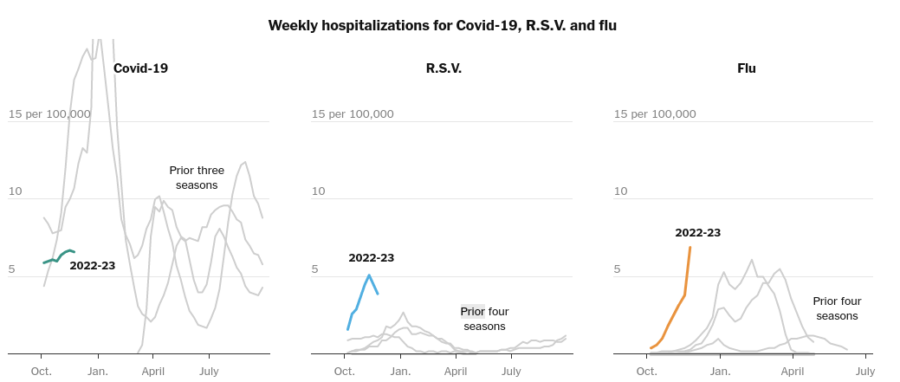
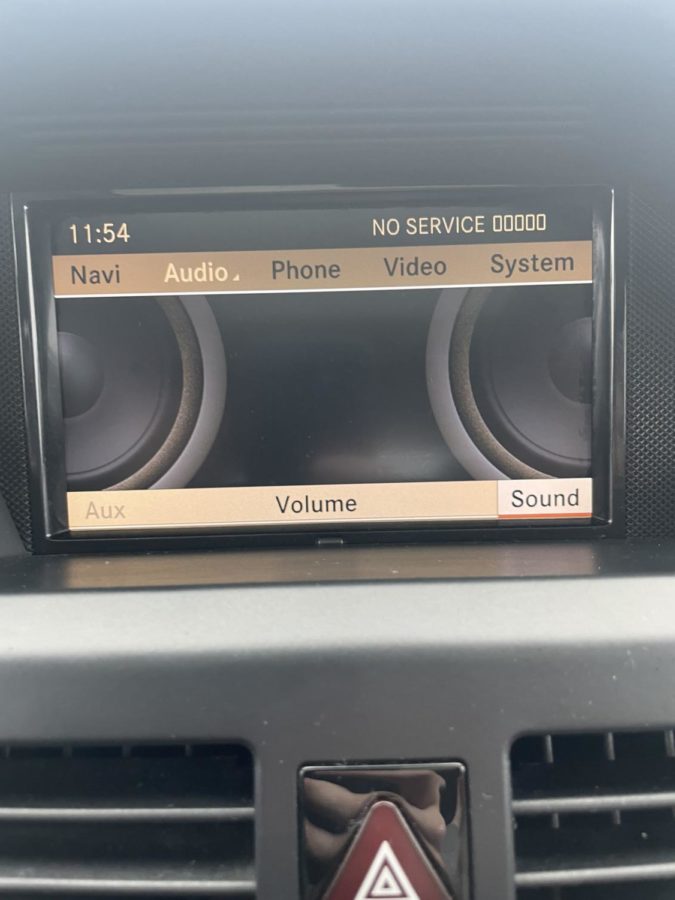






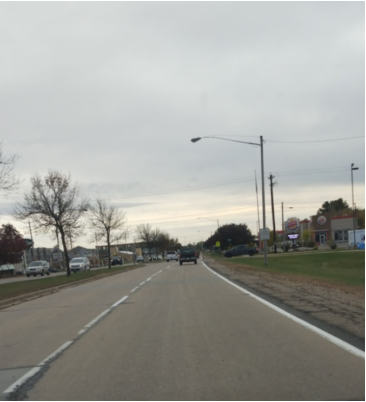



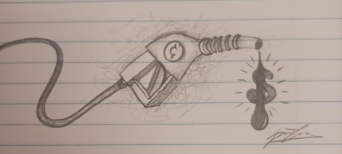


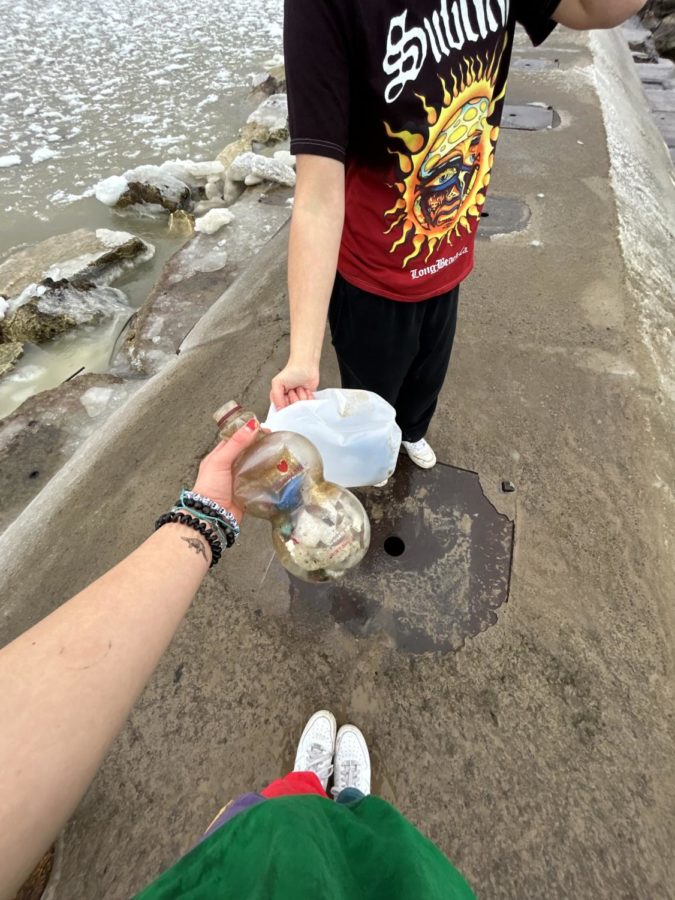




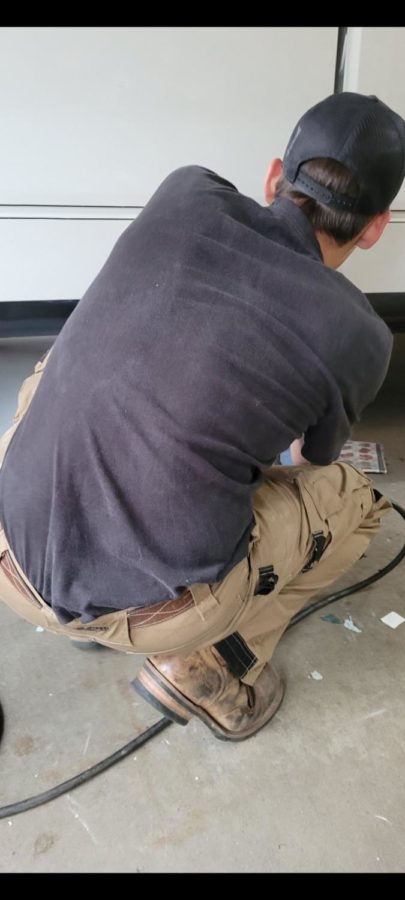







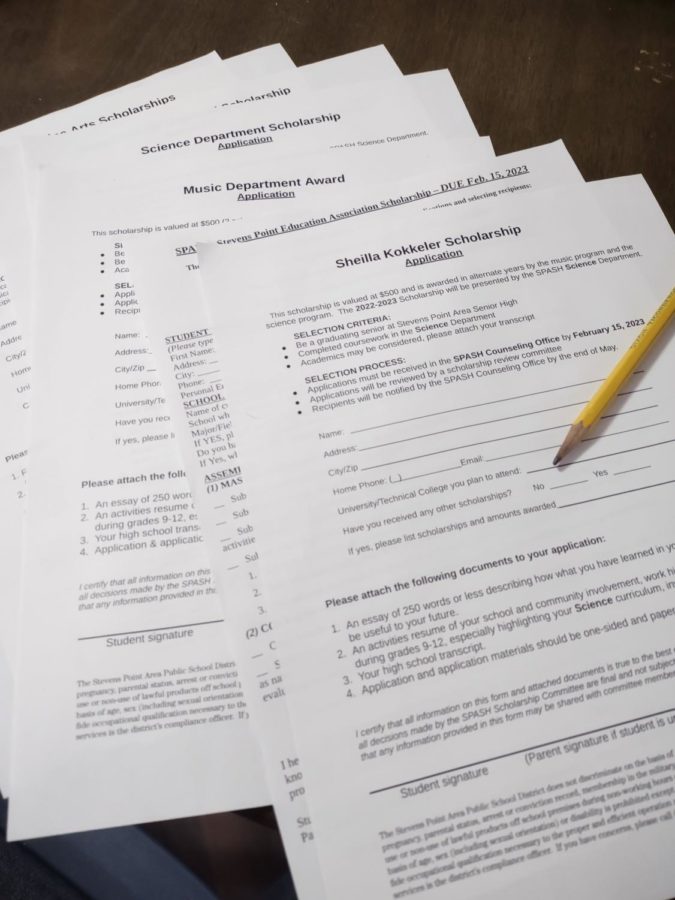




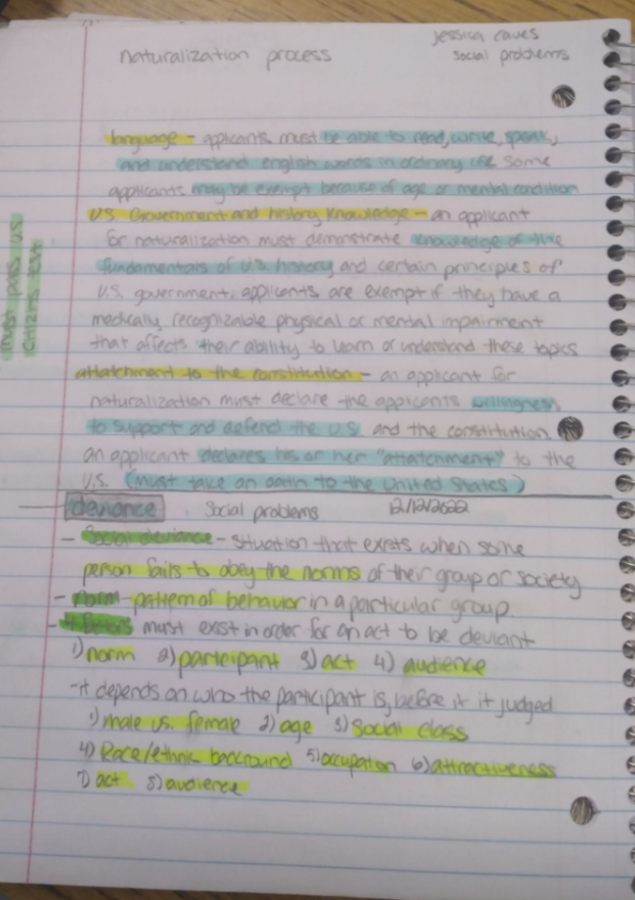
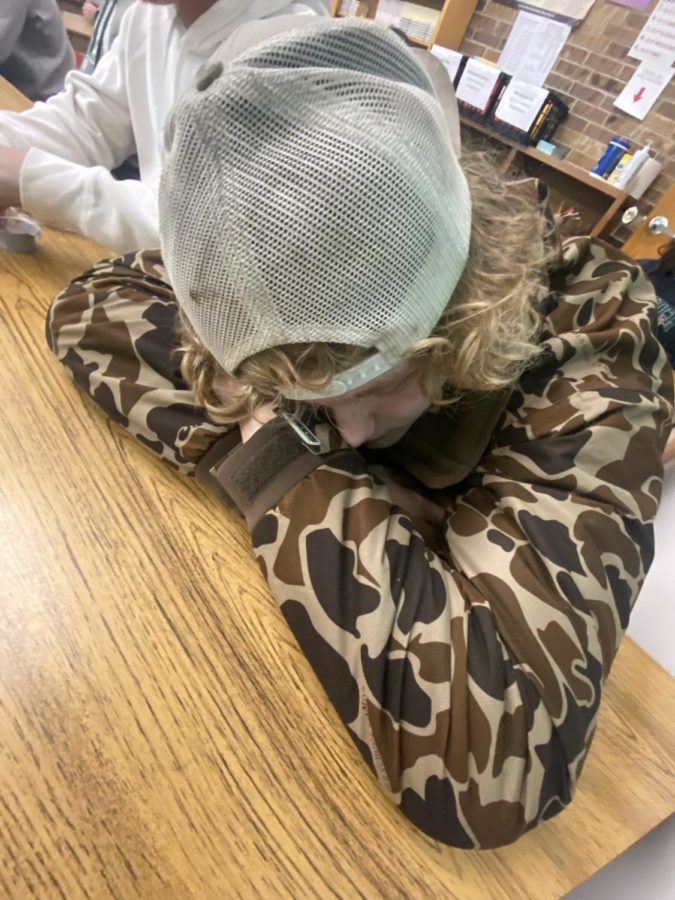


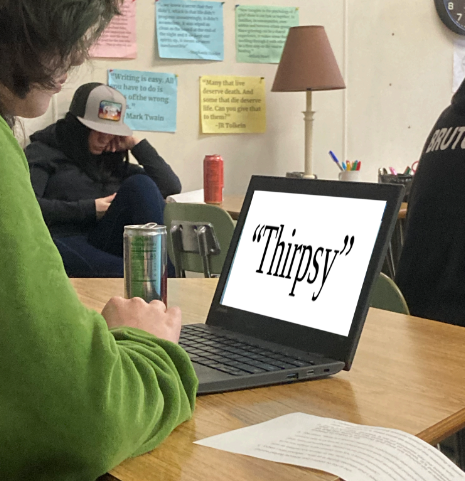


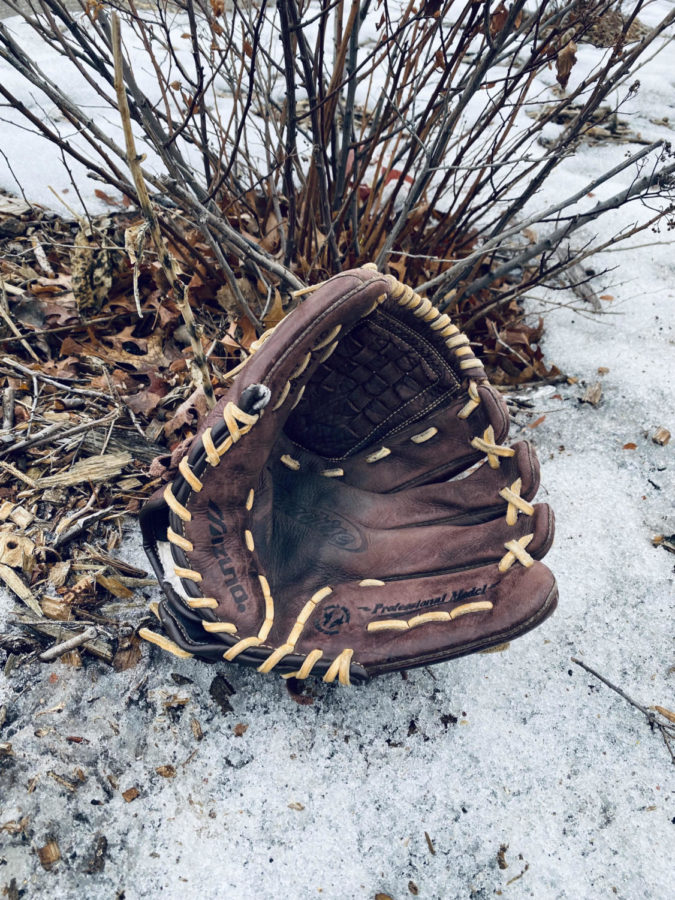


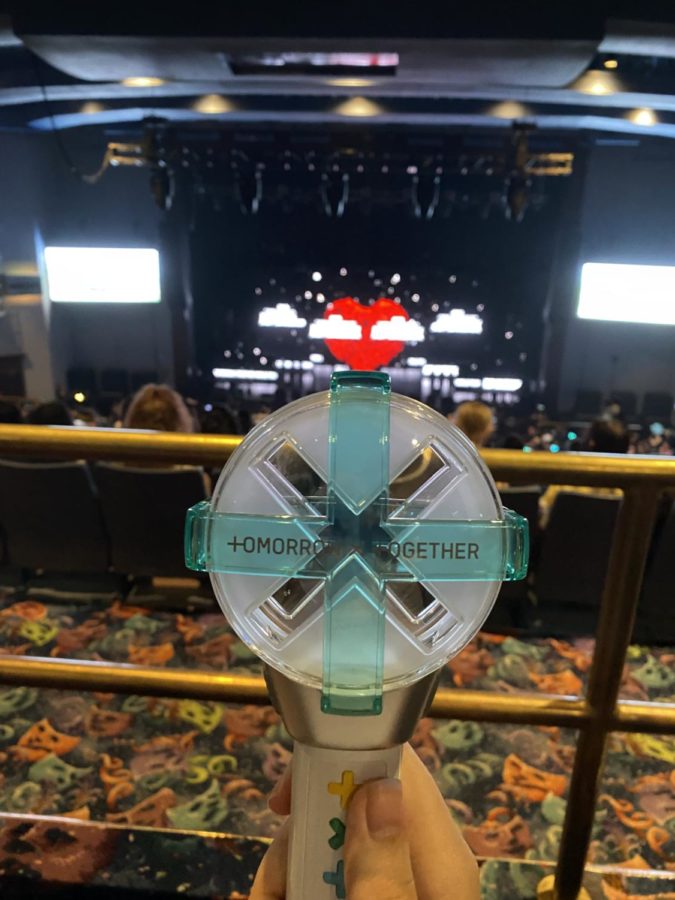

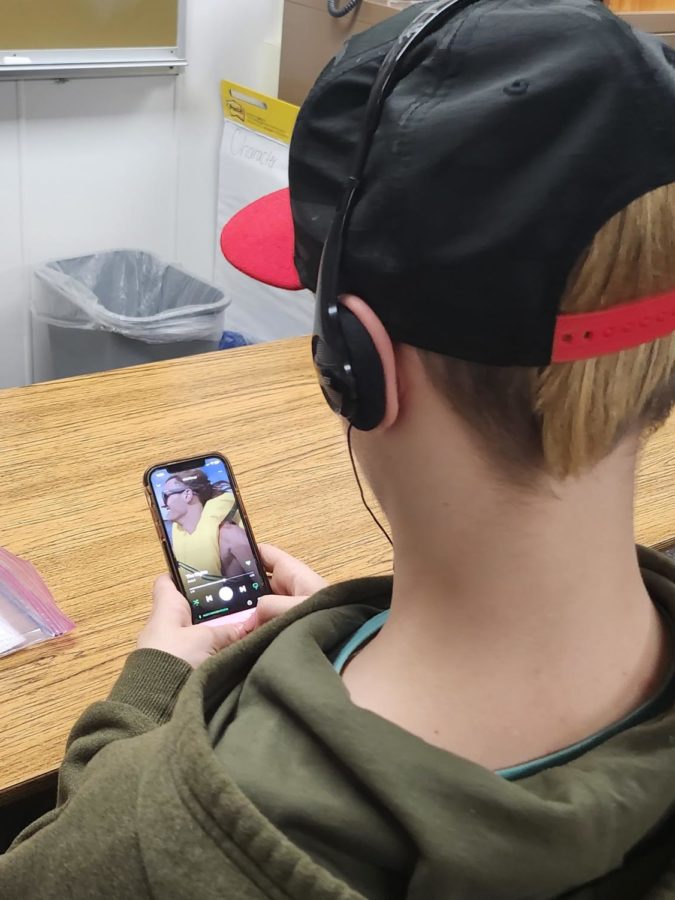







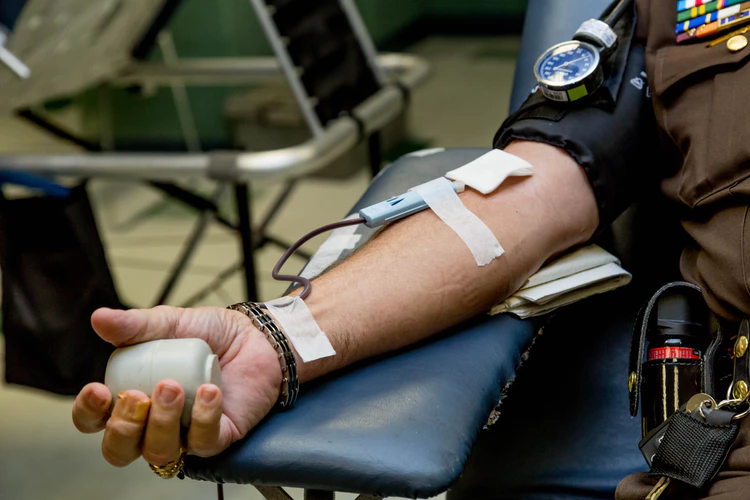

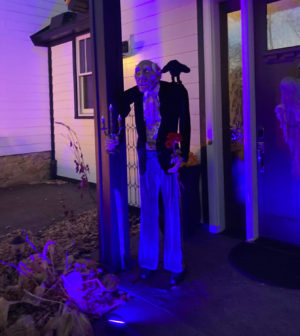


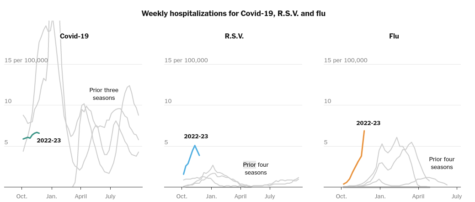
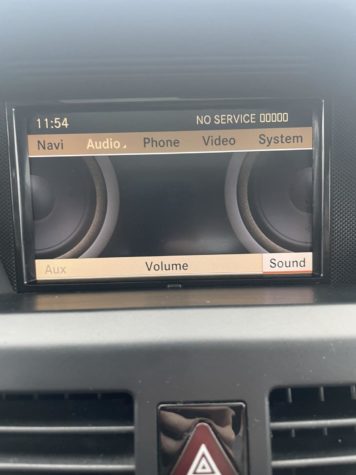

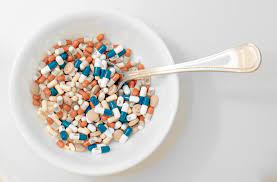
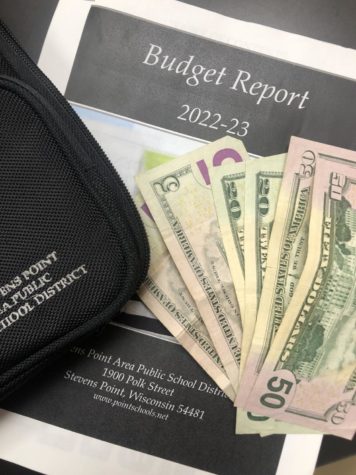
simone coli • Jan 22, 2019 at 2:22 PM
I like the idea behind this article. Be a blood donor is an important thing and can help people that have a serious issue. The article was written in a good form and it was very easy to read.
Aiden Price • Dec 6, 2018 at 10:52 AM
This is very good. I think people really need to know this stuff
Lauren Huebner • Dec 6, 2018 at 10:48 AM
I wish I could donate blood, but my body doesn’t do well with blood being taken. I had to get somethings checked so I had to get two small vials of blood drawn, I almost fainted. Not everyone can donate blood, in the state of Wisconsin. If the person is a gay man and has had a sexual partner in the last six months then he cannot donate blood, which I find ridiculous.
Soren Luther • Dec 4, 2018 at 11:11 AM
Great job! Donating blood can help so many people and it is a great thing to do if you’d like to give back to your community. Keep up the great work!
Hlee • Dec 4, 2018 at 10:54 AM
Great job on the article, love how it shows some of the risks of donating blood. When I heard about the blood drive, I wanted to donate, but my fear of needles kept me away. People who help donate bloods are in a way heros and heroines.
Maryann Silva • Dec 4, 2018 at 8:49 AM
Great job Willow! this is something that is very beneficial to our community and everywhere. Good job.
Rachel Placeway • Dec 3, 2018 at 11:07 AM
I like the topic because I don’t think a lot of people know about the advantages and disadvantages donating blood can have on a person. I liked how you discussed the con side because it helps reads understand that there are risks.
Bryant VanRossem • Dec 3, 2018 at 10:53 AM
Nice article, I think the worse part of donating blood would just be while they are getting the blood.
Madison Rindahl • Dec 3, 2018 at 10:49 AM
Great Job! I have donated blood before and it hurts only for a little while. It really depends on the person. This article gave great information about donating blood. It is important for people to be informed about it. Keep up the good work.
Justice Chukwuemeka • Dec 2, 2018 at 7:43 PM
A big thank you to the people that donated blood during the blood drive. I am certain it will be of use for someone else.
This should be corrected (7th paragraph): “SPASH will be holding another blood drive on January 21st of 2018.”